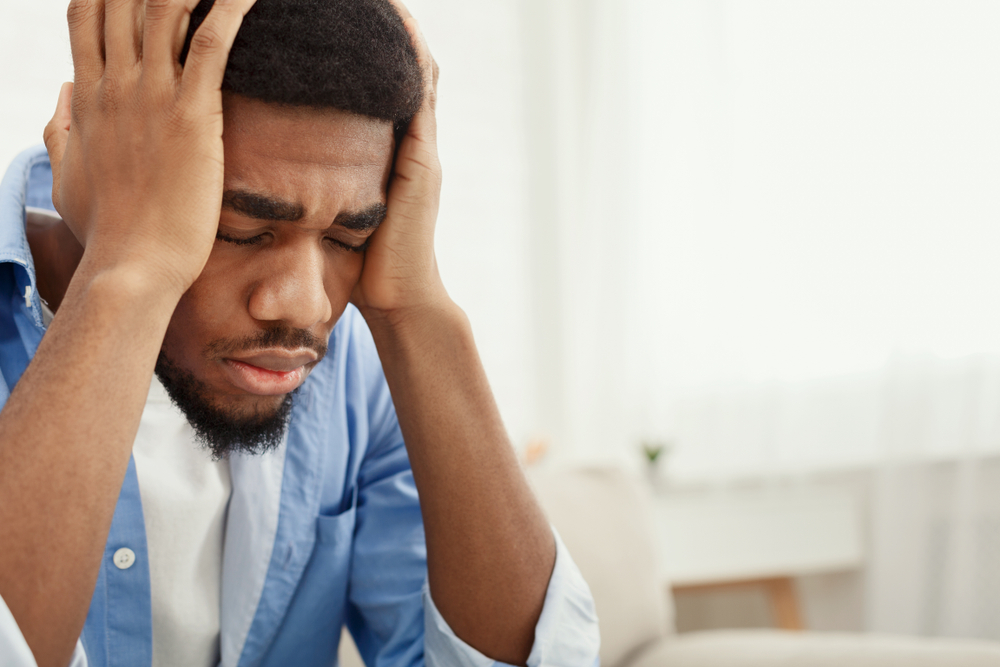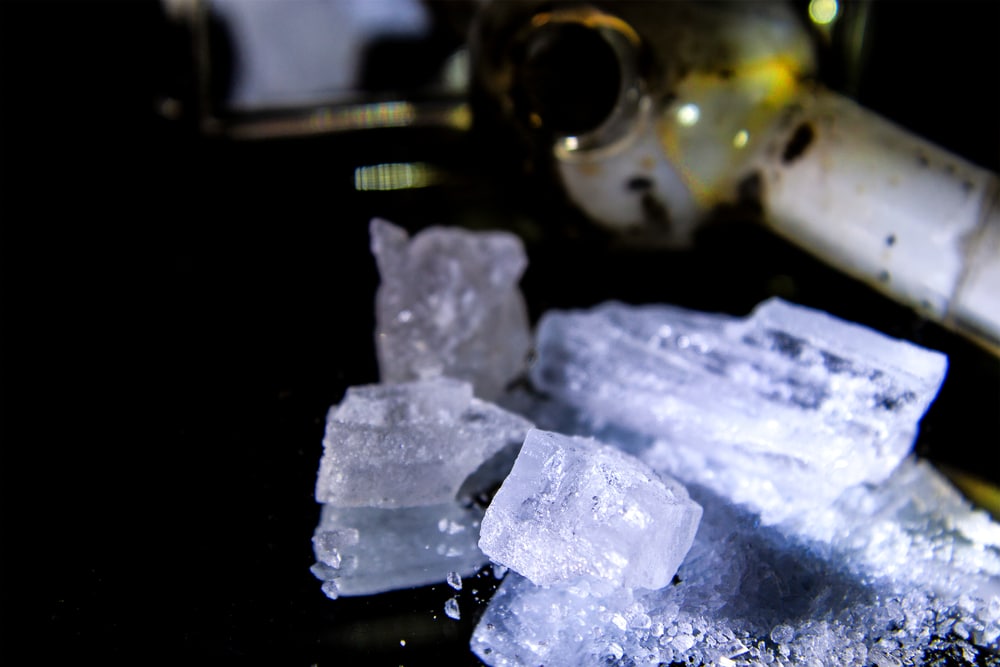Why Do I Keep Relapsing On Drugs?
If you wonder why you or your loved one keeps relapsing on drugs, you are not alone. Relapse is common among people seeking recovery. Statistics show that approximately 85% of recovering addicts relapse within a year following treatment. For this reason, there is a need for a long-term drug relapse prevention plan.
Although society deems recovering addicts who relapse as not having enough willpower, you mustn’t lose hope. The National Institute on Drug Abuse acknowledges that addiction treatment involves altering deeply rooted behaviors. Therefore, relapse on drugs or alcohol does not mean that the treatment failed.
The first thing you should do after relapse is to forgive yourself or your loved one. This way, you will have a more positive attitude that will, in turn, help you in your addiction recovery journey. The next step would be to get treatment for the substance abuse. After that, start a drug relapse prevention program.
Most treatment programs offer relapse prevention programs to address the issue of relapse by teaching you techniques to prevent and manage its reoccurrence. This way, you can successfully achieve long-term sobriety.
Common Reasons Why Addicts Relapse

Addiction recovery differs from individual to individual. When you’re addicted to illegal drugs, they take control of your life. Consequently, you may not make healthy and logical choices.
Addiction treatment requires time and effort. Being in a treatment program doesn’t mean you will no longer crave drugs. However, you will actively find ways to avoid substance use and address underlying issues. You will also receive treatment for health problems you acquire when addicted to drugs.
Although the causes of relapse differ from person to person, there are a few commonalities. Here are some common reasons why addicts relapse:
- Lack of A Support System- It is essential to have a support system during recovery. If you don’t have a support system, you can quickly start using drugs and alcohol when the cravings kick in. We highly recommend joining support networks, i.e., support groups for accountability.
- Stress- Stress is arguably the primary cause of relapse. You may be tempted to consume drugs or alcohol to handle day-to-day stress involving work, school, family, or relationships.
- Familiar People or Places- If you keep interacting with people you interacted with while an addict or hang out around those places, you are likely to relapse.
- Powerful Urges- Physical or mental cravings may cause your relapse. These cravings may stay with you for several years. Therefore, it would be best to learn how to handle them.
- Undiagnosed mental health issues- Mental health issues that are not addressed during the recovery process may lead to relapse. You are likely to turn to drugs and alcohol to deal with psychological or emotional problems.
- Losing Control- The bodies and brains of addicts can quickly lose control. You may convince yourself that you can control your drug or alcohol intake only to end up worse than you were before recovery.
- Being Unaware of Triggers- Different individuals have unique triggers. Something as simple as seeing someone on television taking a prescription drug or passing a liquor store can be a trigger. If you remain unaware of your triggers, you are likely to relapse. You must know your triggers so you can avoid them or figure out how to deal with them.
- Overwhelming Emotions- Overwhelming emotions can cause a lapse in judgment. If you often experience emotions like anger, depression, or confusion, you may find it hard to relax and make logical decisions. This can easily lead to a relapse.

Signs That You Are On The Verge of Relapse
Below are signs that you are on the verge of experiencing a relapse:
- You stop making an effort to maintain sobriety. Recovery is an ongoing journey. For this reason, you need to go out of your way to ensure you stay sober. If you no longer do, you are likely to relapse.
- You romanticize your addiction days. If you think of your substance abuse days as good days, you may relapse soon.
- You try to reconnect with friends from your addiction days. Reconnecting with friends from your substance abuse days will likely lead to relapse.
- You now consider drugs or alcohol harmless. This is a dangerous sign of relapse.
- You become selfish and moody. Behavior changes are a substantial danger sign of relapse.
- You embrace an unhealthy self-righteous attitude.
Dangers of Relapse
Most recovering addicts assume they can quickly achieve abstinence after relapse. Unfortunately, this is not the case. The more you relapse, the harder it will become for you to get sober.
Often, your relapse lasts longer than your recovery. Relapse may also become permanent.
Relapse is dangerous for several reasons. Here are a few of them:
- Restarting your recovery journey will be more challenging than it was before.
- When you relapse, your timeframe for addiction increases. Consequently, the drugs will cause more mental and physical damage.
- You are likely to have a higher tolerance of drugs after relapse. Therefore, you are more likely to overdose.
- Relapse lowers your confidence and self-esteem.
- You lose the trust of your family and friends.

What To Do During Recovery To Prevent Relapse
To prevent relapse during recovery, you should:
- Avoid people you used to get high with. Instead, hang out with sober people who lead healthy lives.
- Identify your triggers and strategize on healthy ways to deal with them. The most common triggers are hunger, anger, loneliness, and fatigue.
- Learn how to handle the ups and downs without resorting to drug use. You may feel good the first months of sobriety, but this doesn’t mean you won’t have low moments.
Get Help Today
If you feel yourself slipping into a relapse, you should seek professional help. Relapse shouldn’t make you give up on your journey to recovery.
If you feel close to relapsing on drugs or need someone to talk to, contact More Than Rehab for help. We have highly qualified experts that will do all it takes to get you back on track and in control of your life.
You can live a happy, healthy, drug-free life with the proper support and treatment.








